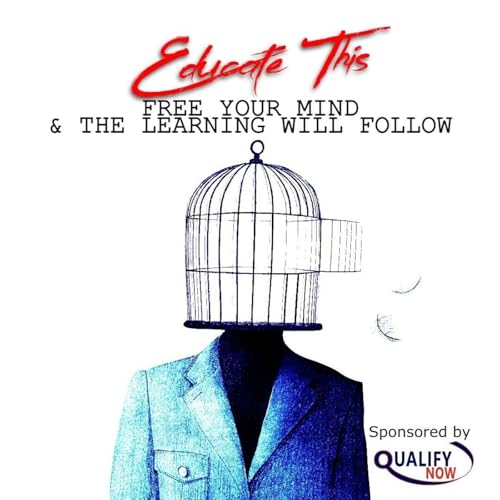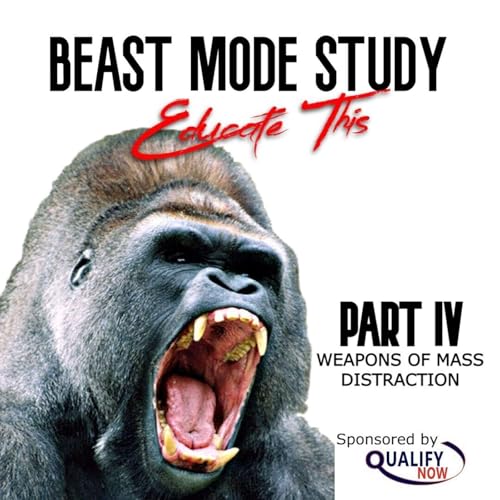The Incredible Importance of Introspection
Sometimes motivation starts with insight.
Every year millions of self-help books are sold. Add to that courses, apps, programs and more and it’s a multibillion dollar industry. Here’s the thing, the answers you are looking for, can almost always be found within.
Often when we go seeking external help from a “self-help” source, which is kind of a paradox, it’s because we are either feeling stuck in a “Groundhog Day” routine or we feel our life is out of control.
If you feel like that, you’ve taken a first step, which is recognition.
Self-awareness starts with recognition of an issue that you could have control over but you’ve perhaps let go of. You have started to look inward, or introspect.
Wilhelm Wundt, the father of experimental psychology, taught that introspection could be used to reveal one's consciousness.
He promoted the theory that we have the ability to think about, and then have a chance to actively alter, our motives, feelings, and situations.
Looking inward is an essential step towards self-awareness. Self-awareness will improve your:
Communication
Listening Skills
Empathy
Critical Thinking
Decision Making
Leadership
Self-Control
Creativity
And much more.
Introspection is the process where you look inward and examine your thoughts, previous and potential actions, and emotions.
This is something that becomes easier with age but in youth, if learned and practised, can be a powerful tool to help you achieve your goals.
The warning is that you can overdo it and start ruminating to the point where you get stuck in a mental quagmire.
To quote author Frank Herbert of Dune fame, “Truth suffers from too much analysis.”
or fellow author Phillip K Dick, “The problem with introspection is that it has no end.”
but if we give ourselves parameters including time and we remind ourselves of the subjective elements of introspection, then we can harness a great power.
Try starting with 5-10 minutes in the morning and/or evening.
First you need to sit within the privacy of your own head. To do that you need to get rid of distractions. Put your phone away. Turn off noise distractions or make sure it’s light, meditative music, or the sound of nature.
Get comfortable and start reflecting on the day or days prior. Bring to the fore any successes you had whether big or small. Enjoy reflecting on those “wins”. Think about any goals missed and and thoughts, behaviours and actions that held you back from nailing those goals. The idea is not to ruminate in a sad tar pit of despair but to positively critique yourself in order to improve. Introspection should feel hopeful. It’s a way to help you feel more intentional about life.
You can get introspective at any time of course but before the day and at the conclusion are 2 ideal times. In starting the day with some quiet introspection, you should ask yourself questions that will step out of the door with confidence. Some questions could include:
· What habits are holding me back?
· What is my motivation for stepping up today?
· Was I the kind of person yesterday that I’m happy to be today?
· What mistakes did I make yesterday?
· What lessons can I draw from those mistakes?
· What are 5 things that I am grateful for?
I’ll finish with a quote by the notable psychoanalyst Carl Jung,
“Your visions will become clear only when you can look into your own heart. Who looks outside, dreams; who looks inside, awakes.”
― C.G. Jung
Thank you for being with me today. My name is Nate Hamon and we are proudly sponsored by Qualify Now RTO
Have you been thinking about a change of career or even just a refreshing of your current career? Take your skills, education and experience and put them towards a job that will help others who could use your wisdom and guidance. Contact us now to learn about how you can become a Vocational Trainer with a TAE40116, Certificate 4 in Training and Assessment.
Music provided by Dragon Chromatic and Anthem Fox
 Feb 19 202215 m
Feb 19 202215 m 6 m
6 m 10 m
10 m Dec 30 202115 m
Dec 30 202115 m Dec 6 20218 m
Dec 6 20218 m Nov 12 202114 m
Nov 12 202114 m 10 m
10 m 8 m
8 m
